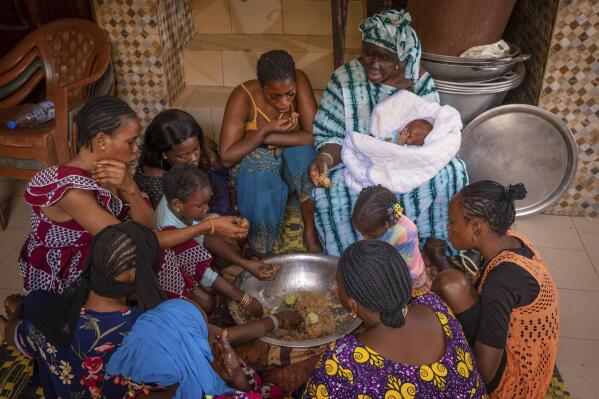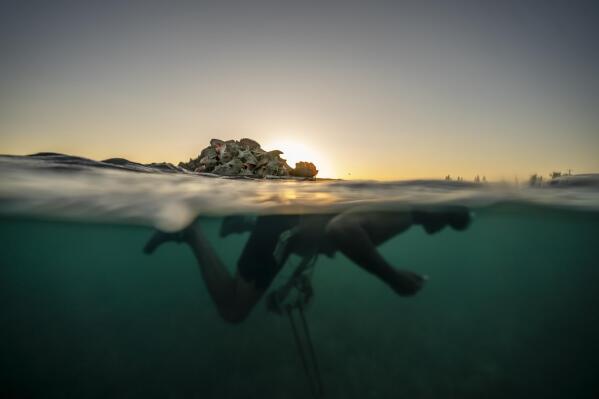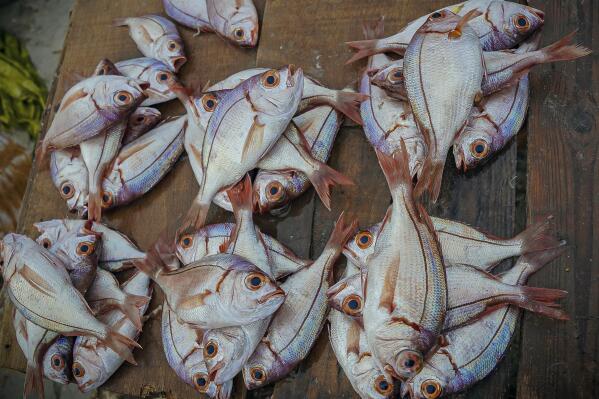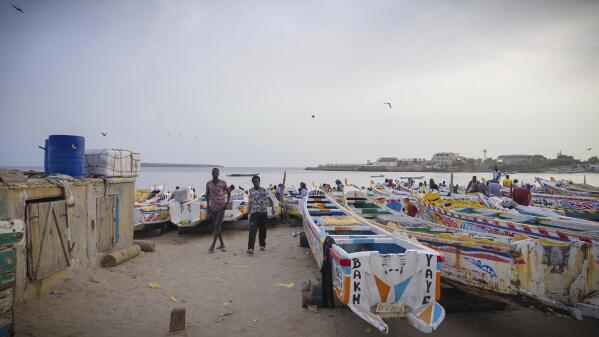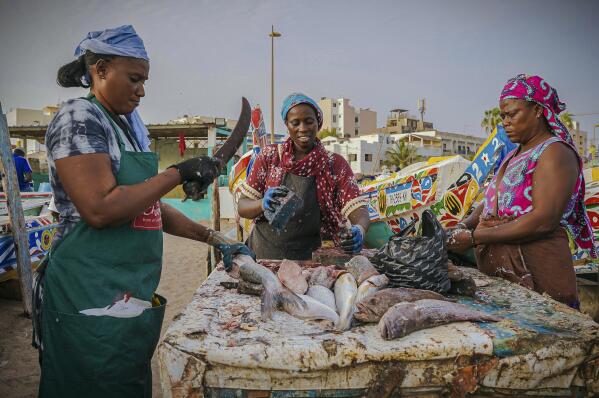Senegal struggles with loss of fish central to diet, culture
Senegal struggles with loss of fish central to diet, culture
DAKAR, Senegal (AP) — In Senegal, the national dish of thieboudienne is entwined in the country’s history and culture. It’s a rich dish of fish, rice and vegetables that literally brings people together - traditionally eaten in communal fashion around a single dish.
But the preferred species for the dish is white grouper, and the fishery has collapsed in the face of aggressive fishing by locals and foreign poaching. And there are few other fish to turn to, as overfishing has “greatly diminished” other species in Senegal, where one in six people work in the fisheries sector, according to a report from the United States Agency for International Development.
Overfishing like that which has threatened thieboudienne is seen across the planet. In the Bahamas, scientists and government officials are working to save conch, a marine snail central to the island nation’s identity. In the Philippines, overfishing has depleted small fish such as sardines
This story was supported by funding from the Walton Family Foundation. The AP is solely responsible for all content.
___
In Senegal, fish and seafood represent more than 40% of the animal protein intake in the diet, according to the Food and Agriculture Organization of the United Nations.
In Dakar, the capital and largest city, nutritionist Codou Kébé said the loss of grouper means more than just the loss of a national symbol. It has led to the loss of a key protein for the nation’s residents.
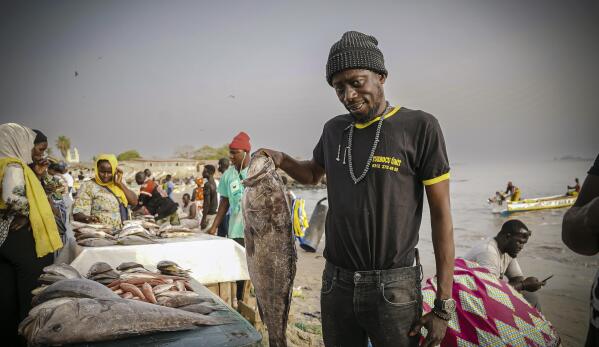
Fishmonger Ethio Fall holds a white grouper, also known as thiof, the preferred fish for the dish thieboudienne at the Soumbedioune fish market in Dakar, Senegal, May 31, 2022. “It’s very difficult to get thiof. You have to go as far as 40-50 kilometers to get this,” Fall says. (AP Photo/Grace Ekpu)

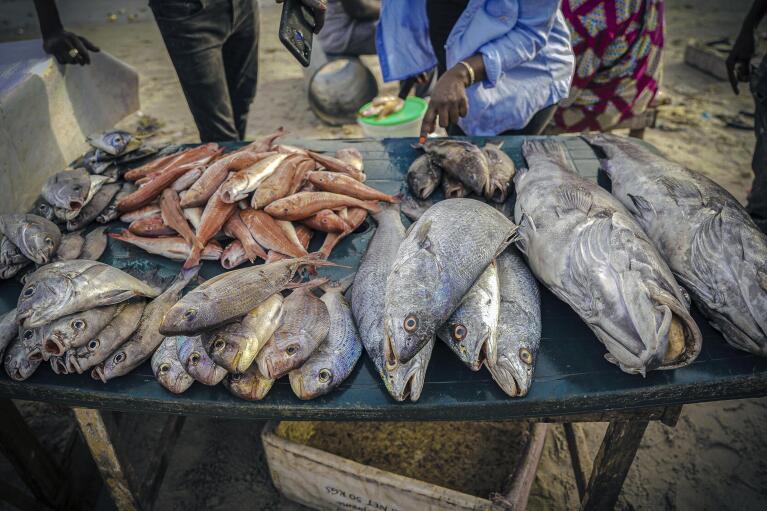
The lack of grouper has also made other fish more expensive, Kébé said. Kébé placed the blame squarely on overfishing, which she said has robbed the nation of the generations-old food resource.
“The sea no longer supports the weight that is loaded on it, which has made the fish flee,” Kébé said. “This is the work of the boats with their nets, which are numerous in the sea.”
The collapse of white grouper has attracted the attention of international organizations, which have sought to use improved data collection to help bring back the fish. However, they acknowledge it’s a tough task. The published findings of the International Symposium on Marine Fisheries, held in Dakar in June 2022, state that the fish “can hardly be found off the coast of Senegal where it has become extremely rare.”
The repercussions of the loss of the fish are felt both locally and far away. In the U.S., nothing reminds Pierre Thiam of his homeland like thieboudienne.
Thiam, a chef based in New York City and San Francisco who has introduced diners in the U.S. to the dish, is afraid the current generation will be the last to experience it.
“We need to have our thieboudienne every day, because it’s a daily meal. And it’s not the same dish as it was when I was a kid,” Thiam said. “It’s not just having access to that dish every day, the way it’s supposed to be served - it’s losing tradition.” ___ Whittle reported from Portland, Maine.
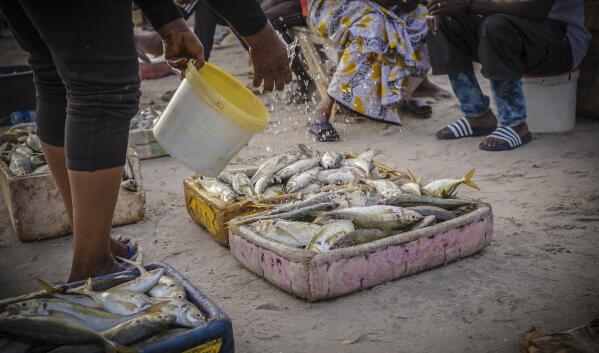
A fishmonger sprinkles water on boxes of fish at the Soumbedioune fish market in Dakar, Senegal, May 31, 2022. In Senegal, fish and seafood represent more than 40% of the animal protein intake in the diet, according to the Food and Agriculture Organization of the United Nations. (AP Photo/Grace Ekpu)

